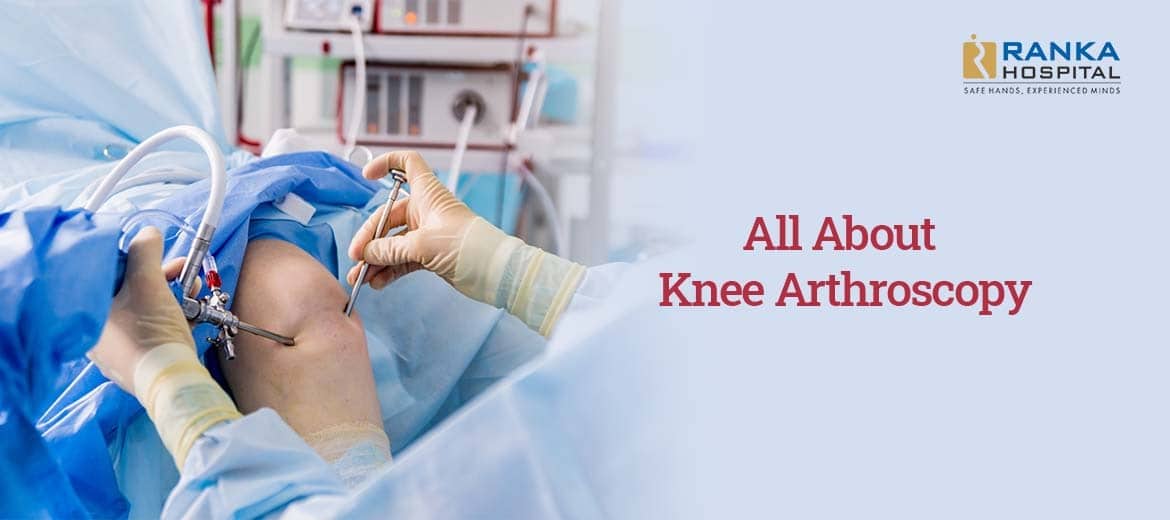All About Knee Arthroscopy
Orthopedic surgeries have undergone significant transformation in recent years. Advancements in the orthopedic realm have helped emerge various surgery and treatment types. Knee arthroscopy is one of them that helps diagnose and treat different types of knee injuries. If you’ve been looking to undergo knee arthroscopy, here are some essential aspects you should know about it.
What is Knee Arthroscopy?
Knee arthroscopy is a minimally invasive surgery. It involves making smaller incisions (cuts) than the larger ones required by traditional surgeries. During surgery, the surgeon inserts a tiny camera through the incision. The camera shows the inside of the patient’s knee. These images appear on the operating room’s screen. The real-time pictures of the interiors of the knee help surgeons diagnose the underlying problem.
Arthroscopic knee surgery can treat fractures, soft tissue injuries, and inflammation. Some injuries knee arthroscopy can treat include the following.
- Knee bone fractures
- Out-of-position patella
- Baker’s cyst removal
- Torn meniscus (the cartilage between the knee bones)
- Synovium swelling
- Torn anterior or posterior cruciate ligaments
- Pieces of torn cartilage loose in the joint
How to Prepare for Knee Arthroscopy?
Here’s how to prepare for knee arthroscopy.
- The patient should inform their healthcare provider about medications, if any.
- The doctor may recommend stopping certain medications before surgery.
- The doctor will tell the patient when to stop eating and drinking the night before surgery.
- Before surgery, the surgeon will give anesthesia (local – to numb the area, general – to put the patient to sleep before the procedure, or regional to numb the area below the waist).
What Happens in Knee Arthroscopy
Here’s what happens during arthroscopic knee surgery.
The surgeons clean the leg and secure the knee in a stabilizing device. Then, they make a small incision in the knee and insert an arthroscope with a camera on the end of it. After that, pictures from the camera appear on a screen. The surgeons examine the images on the monitor and use them to diagnose injuries and guide the process.
In case the patient requires surgery, the surgeons will make other incisions and insert small tools through them. After the process, surgeons close the incisions with stitches or small bandages and cover the knee with a larger bandage or dressing.
What are the Advantages of Knee Arthroscopy?
Arthroscopic knee surgery is minimally invasive. Thus, it requires a shorter recovery time than its traditional counterpart. Furthermore, since the procedure involves making a few small stitches, the patient can get back on their feet more quickly than conventional surgery. Additionally, knee arthroscopy reduces the risk of pain and infection.
What are the Risks of Knee Arthroscopy?
Of course, arthroscopic knee surgery isn’t devoid of complications or risks. Although the instances of complications are rare, the procedure has some risks associated with it. Some of them include the following.
- Knee stiffness
- Blood clots
- Swelling resulting from blood pooling in the knee
However, one should note that the nature, intensity, and longevity of a particular complication may vary from person to person. Patients should discuss these factors comprehensively with their orthopedic doctor before undergoing knee arthroscopy.
Do you have more questions about knee arthroscopy? Then, visit Ranka Hospital, where we will answer all your questions about knee arthroscopy, diagnose your case, and perform the procedure appropriately. Call us at +91 – 20 – 24261530 to book an appointment with our orthopedic doctors.

